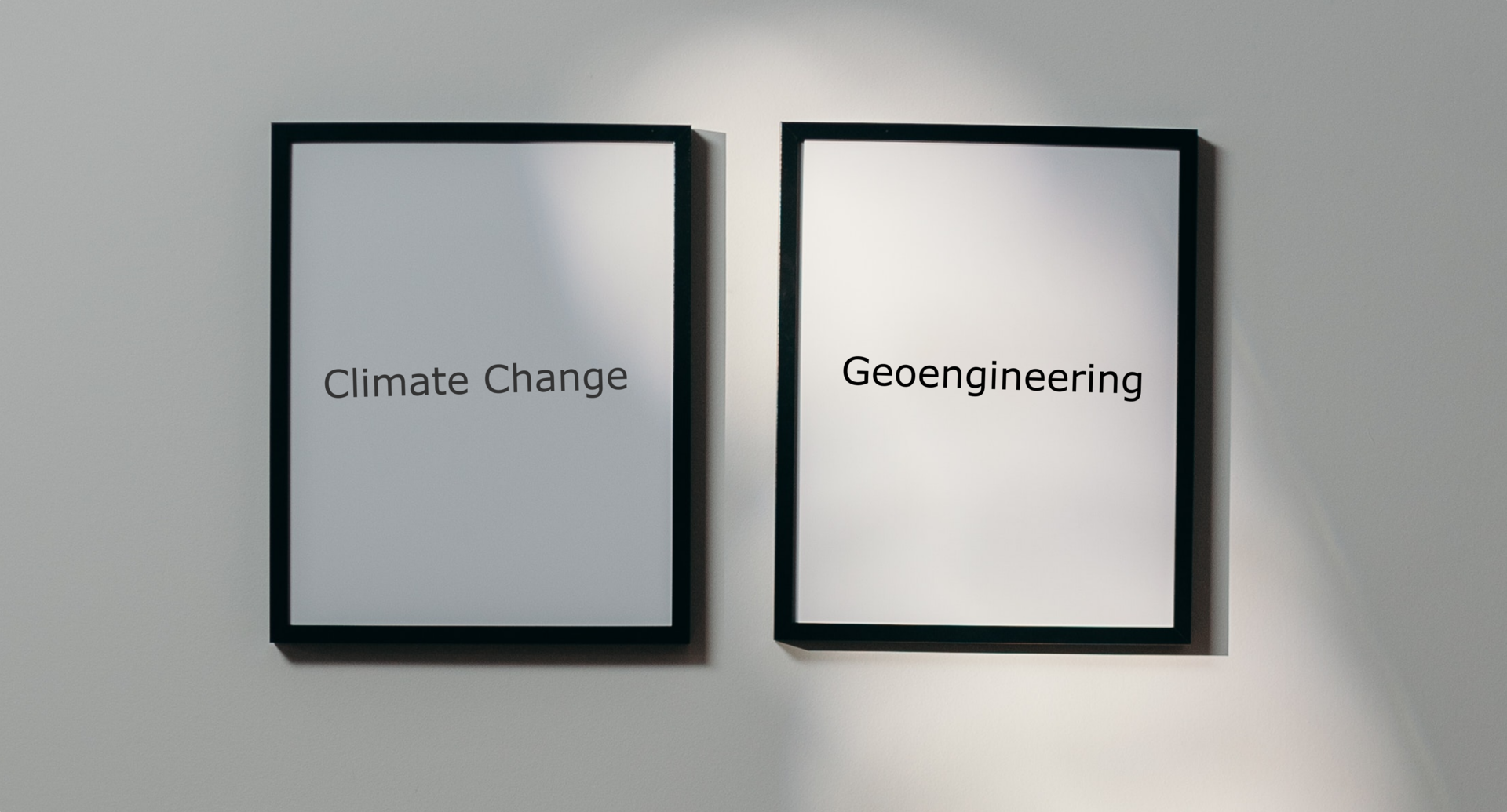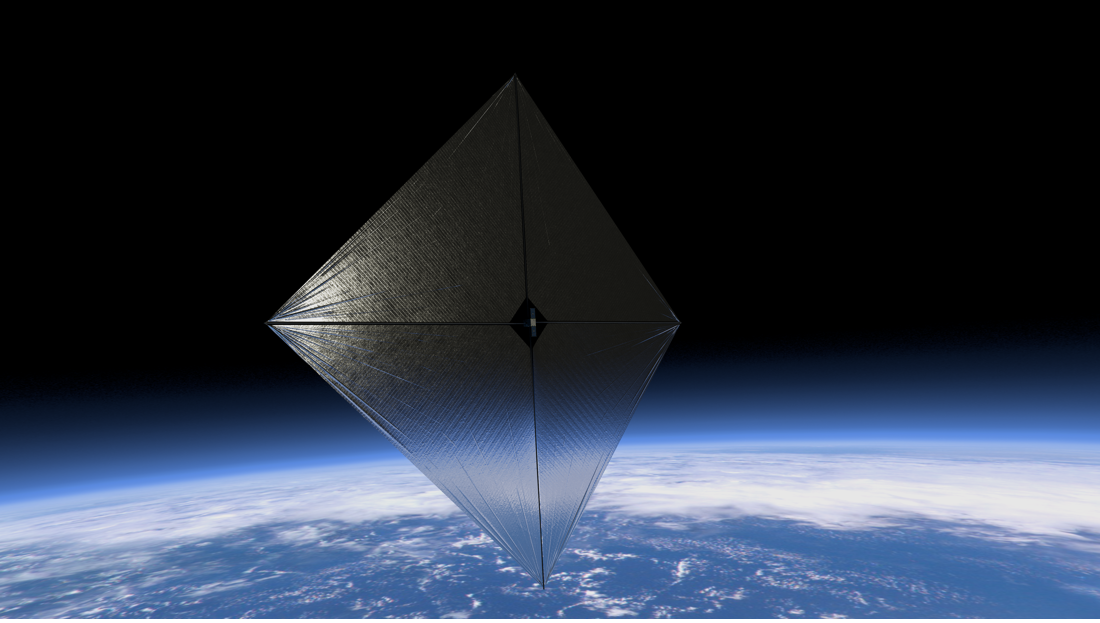Jeannette Heiligers is an Assistant Professor at the Faculty of Aerospace Engineering at Delft University of Technology in the Netherlands. She holds a Master's degree in Aerospace Engineering from Delft University of Technology and a PhD from the University of Strathclyde in Glasgow, Scotland. Her research focuses on orbital dynamics, trajectory design and space mission design and in particular on solar sailing as a sustainable and versatile form of propulsion for spacecraft. She teaches astrodynamics to undergraduate and postgraduate students and supervises two student projects contributing to the geoengineering consortium established by OHB.
What is the link between your research and space-based geoengineering?
Jeannette Heiligers: Solar sailing makes use of a very thin highly reflective membrane that is attached to the spacecraft. This membrane has a very large area and is used like a very thin mirror to reflect photons coming from the sun. The reflection of these photons exerts a force, known as the solar radiation pressure force, on the spacecraft, allowing it to accelerate and manoeuvre through space. For traditional space missions, the effect of solar radiation pressure is usually a disruption. Traditional spacecraft must counter this effect with thrust to control their orbit. And there is the link between my research and space-based geoengineering concepts. Simply put, space-based geoengineering aims to partially shade the Earth from sunlight. And if a solar shield is to have a significant cooling effect, it must be a structure with a very large area. The solar radiation pressure force scales with area, which means that it can be expected to play a very significant role in the orbital dynamics of the sunshield – even if the solar-shield area is distributed over several spacecraft.
Do you expect the solar pressure to be a disruptive force or rather something that can be exploited?
That’s not easy to say. We will have to see whether we can exploit it or if it is a disturbance that needs to be accounted for. But if we could use solar sailing, that would be a clear advantage because it is not only a very green and sustainable form of propulsion, but also a propellant-less form of propulsion. Some mission applications are currently limited by the finite amount of propellant the spacecraft can take on board. Once this propellant is used up, the spacecraft can no longer manoeuvre or propel itself forward.
How did you become part of the consortium?
Tomas Hamann, the project manager at OHB, approached our department secretary with the idea of the consortium, and because of the similarity between my research and the concept of a solar shield as proposed in the consortium, she then got in touch with me, and that's how I got involved.
What do you contribute to the consortium?
There are two student projects ongoing that are directly related to the consortium. One is a third-year final project called the Design Synthesis Exercise, in which ten undergraduate students work full-time for eleven weeks on a complete end-to-end mission design of a space-based geoengineering concept to earn their Bachelor's degree. The other is a Master student working on his thesis. I’m the main supervisor and he is co-supervised by Joan-Pau Sanchez from the University of Cranfield, who is also part of the consortium.
What aspects of space-based geoengineering are the students working on?
The Bachelor students work as a group and will come up with a full end-to-end mission design for placing a solar shield in space that meets all specified requirements. These requirements are set from within the consortium, with OHB acting as the customer. For the duration of the project, the students mimic an engineering team and tackle all aspects of the mission scenario. They assign themselves both organisational and technical roles – for example, there is a project manager, a systems engineer, a communications officer, but also a propulsion engineer, a thermal engineer and a payload engineer. Throughout the process, they use a lot of tools from systems engineering. They go through all the steps that normal mission design or any engineering project goes through, but in a very condensed way. It's a very unique project and the idea is that at the end of these eleven weeks, the students have a complete end-to-end design of the mission. The spacecraft, the orbital dynamics, the launch, the end-of-life scenario, the manufacturing, the sustainability approach, everything.
And the Master student?
The Master student focuses on the orbital dynamics of a solar shield in the vicinity of the Sun-Earth L1 point as proposed in the consortium and he tries to find the trajectory of the spacecraft that leads to the most optimal shading of the Earth. So of course he very much relies on input from the consortium and we are in contact with Gerrit Lohmann from the Alfred Wegener Institute to tell us which parts of the Earth should and should not be shaded. And of course, once he finds the optimal shading pattern, the student will feed his results back to Gerrit Lohmann as input to his climate models to then see what the effects of that particular shading pattern are.
Do your students also stay in contact with the geoengineering team at OHB?
Yes, the Bachelor students just had a kick-off meeting with the geoengineering team at OHB. They discussed the project and some of the requirements. And I also hope that OHB will be involved in certain milestones of the project. There is a baseline review, a midterm review and a final review, where the students present their progress and their designs and where OHB as the customer can provide feedback, ask questions and so on. And of course, during the project there will also be meetings with the consortium, so I hope that one or two representatives of the team will join and present some of the work that they have done.
What about yourself? Do you have a personal interest in geoengineering?
Climate change is undoubtedly one of the biggest challenges that humankind is facing. And the question is whether the measures that have been put in place so far will take effect quickly enough. Maybe we need to implement more drastic measures. There are many different geoengineering concepts that have been proposed and what they all have in common is that they pose huge technical challenges. And solving such major technical challenges, or at least trying to contribute to a solution, has a special appeal; that's one of the reasons I became an engineer. And in this case, the technical challenge is closely linked to a major societal issue, which makes it even more relevant and interesting.
Do you think geoengineering should be implemented?
In the end we, the engineers, the climate researchers, the biologists, the philosophers, are not the ones who decide whether a geoengineering concept is implemented or not. That is in the hands of the politicians. But I think we should at least try to contribute to producing data, to producing facts – even if the results show that it’s not feasible or that the side effects outweigh the benefits. There’s no other way to know any of this other than by investigating. To decide whether or not to implement geoengineering, we need facts. If politicians have to decide whether to do it or not, then all the research must have been done so that they can base their decision on these facts.





